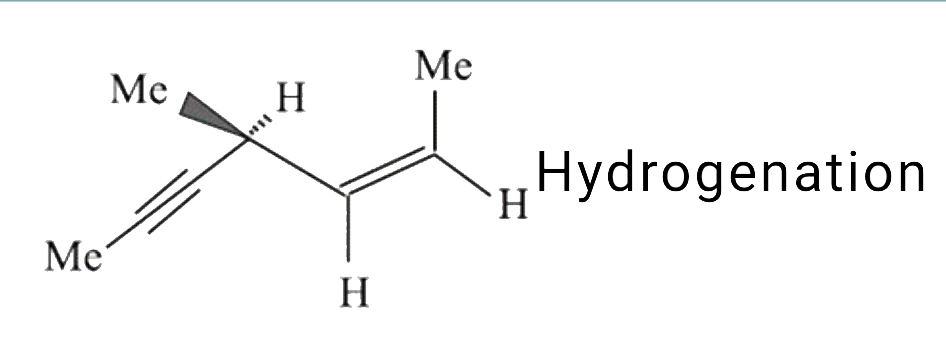The presence of ionic salts in a liquid
Decreases the viscosity of the liquid
Increases the viscosity of the liquid
Does not effect the viscosity of the liquid
None of the above is correct
The correct Answer is:B
To determine the effect of ionic salts on the viscosity of a liquid, we can follow these steps:
1. Understanding Viscosity: Viscosity is a measure of a fluid's resistance to flow. A liquid with high viscosity flows more slowly than a liquid with low viscosity.
Hint: Remember that viscosity is related to how easily molecules can move past each other.
2. Identifying Ionic Salts: Ionic salts, such as HCl, dissociate into ions when dissolved in a liquid. For example, HCl dissociates into H⁺ and Cl⁻ ions in water.
Hint: Think about how ionic compounds behave in solution and what happens when they dissolve.
3. Effect of Ionic Salts on Liquid: When ionic salts are added to a liquid, they increase the number of charged particles (ions) in the solution. This leads to increased intermolecular interactions and friction among the molecules.
Hint: Consider how the presence of additional particles can affect the movement of the existing particles in the liquid.
4. Intermolecular Friction: The presence of ions creates more friction between the liquid molecules, which increases the resistance to flow. This results in an increase in the viscosity of the liquid.
Hint: Visualize how adding more particles can make it harder for the liquid to flow smoothly.
5. Conclusion: Based on the above reasoning, we can conclude that the presence of ionic salts in a liquid increases its viscosity.
Hint: Summarize the relationship between ionic salts and viscosity to reinforce your understanding.
Final Answer:
The correct statement is that the presence of ionic salts in a liquid increases the viscosity of the liquid.
The correct statement is that the presence of ionic salts in a liquid increases the viscosity of the liquid.
Similar Questions
 Hydrogenation of the above compound in the presence of sodium in liquid ammonia gives -
Hydrogenation of the above compound in the presence of sodium in liquid ammonia gives -
View SolutionWhich of the following is the best scientific method to test the presence of water in liquid ?
View SolutionIn the presence of dilute salt solution, rate of respiration in a respiring tissue
View SolutionPermanent hardness of water is due to the presence of salts of Ca and Mg in the form of
View SolutionGenerally transition elements and their salts are coloured due to the presence of unpaired electrons in metal ions. Which of the following compounds are coloured?
View SolutionThe presence of salts (NaCl and others) in animal body fluid gives an inference that life originated in the
View SolutionThe presence of salts (NaCl and others) in animal body fluid gives an inference that life originated in the
View SolutionSurface tension of a liquid is a molecular phenomenon of liquids involving the force of cohesion along the liquid molecules. It is scalar quantity and is numberically equal to the surface energy. Numerically, it is proved that the potential soluble salts and surface active substance. Sparingly soluble salts and surface active substances decrease the surface tension of the liquid. However, the fairly soluble solutes increase the surface tension of the liquid. Surface tension of a liquid is independent of surface area but it depends on the intermolecular forces and the temperature.
Which among the following is not the unit of surface tension ?
View SolutionSurface tension of a liquid is a molecular phenomenon of liquids involving the force of cohesion along the liquid molecules. It is scalar quantity and is numerically equal to the surface energy. Numerically, it is proved that the potential soluble salts and surface active substance. Sparingly soluble salts and surface active substances decrease the surface tension of the liquid. However, the fairly soluble solutes increase the surface tension of the liquid. Surface tension of a liquid is independent of surface area but it depends on the intermolecular forces and the temperature.
Which of the following has the highest surface tension ?
View SolutionSurface tension of a liquid is a molecular phenomenon of liquids involving the force of cohesion along the liquid molecules. It is scalar quantity and is numerically equal to the surface energy. Numerically, it is proved that the potential soluble salts and surface active substance. Sparingly soluble salts and surface active substances decrease the surface tension of the liquid. However, the fairly soluble solutes increase the surface tension of the liquid. Surface tension of a liquid is independent of surface area but it depends on the intermolecular forces and the temperature.
When oil is placed on the surface of hot water, formation of droplets takes place because :
View Solution
